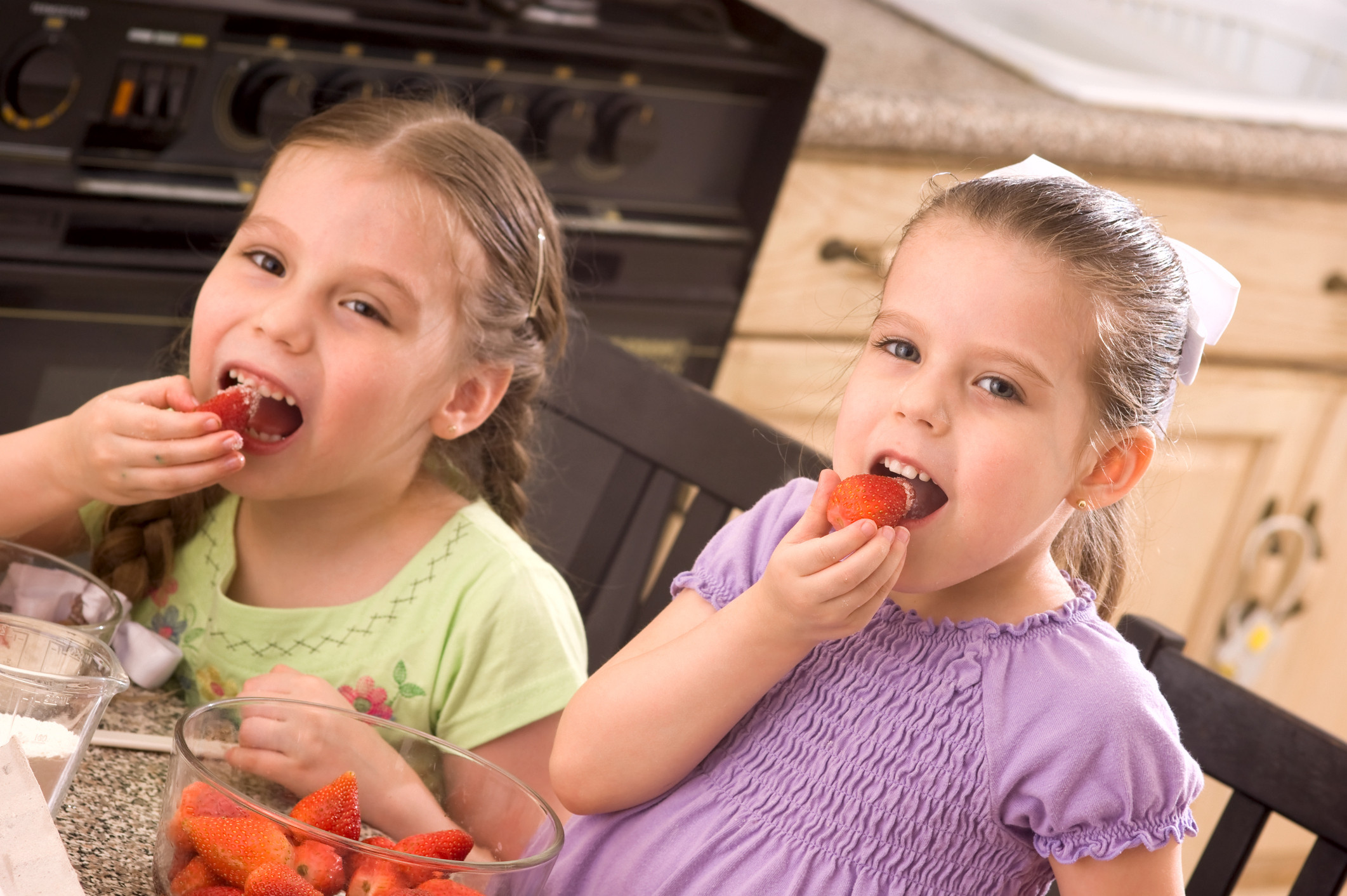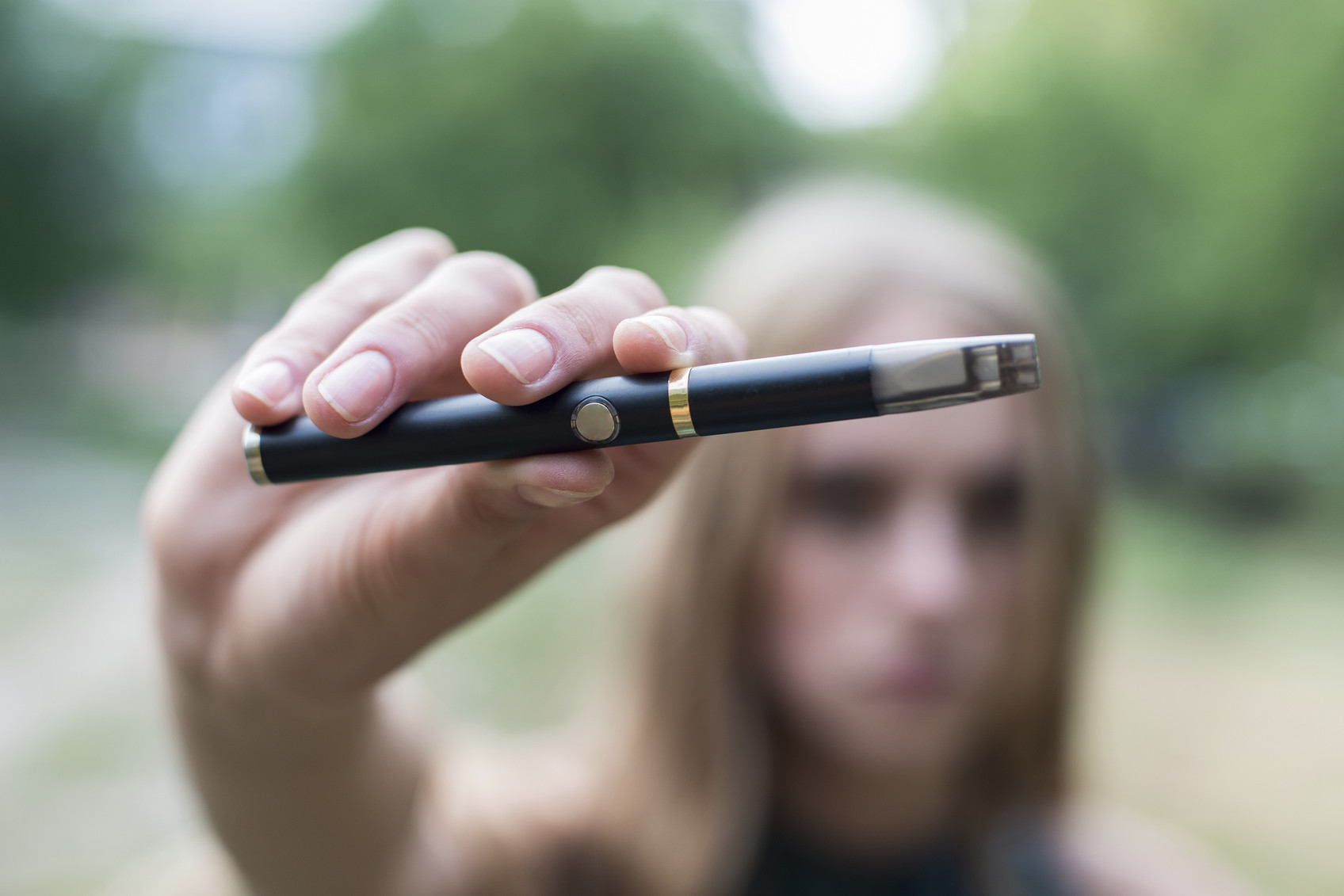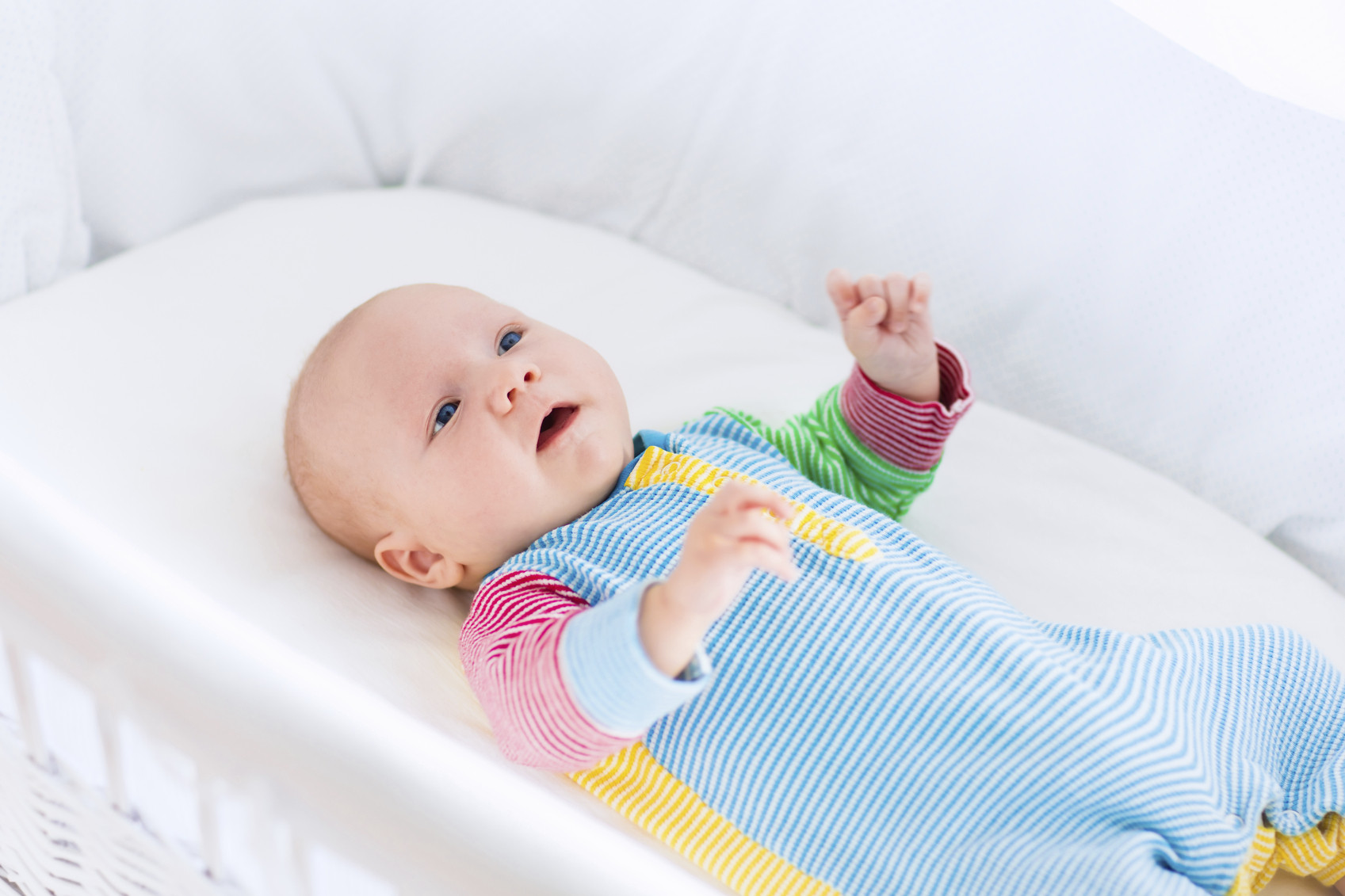
Wildfires: How to cope when smoke affects air quality and health

What can magnesium do for you and how much do you need?

Dry socket: Preventing and treating a painful condition that can occur after tooth extraction

What happens during sleep �� and how to improve it

How is metastatic prostate cancer detected and treated in men over 70?

Could biofeedback help your migraines?

What is autism spectrum disorder?

Plantar warts: Options for treating this common foot condition

Cancer survivorship: What comes next after treatment

Nutritional yeast: Does this savory, vegan seasoning pack a nutritional punch?
Child & Teen Health Archive
Articles
Treating ear infections in children
If your child is rubbing his ear, should you run to the doctor's office to demand antibiotics? Probably not. Your child may simply have fluid in the ear and not the classic ear infection that parents and children dread.
Middle Ear Fluid (Otitis Media with Effusion)
Over 2 million American children experience fluid in the middle ear each year, often following a cold or an acute ear infection. The condition is also called a silent ear infection because many children have no symptoms. Some children, though, may rub their ear or experience mild pain, sleep disturbances, unexplained clumsiness, muffled hearing, or delays in language and speech development. The condition may be diagnosed during a routine well-child visit with the use of a pneumatic otoscope, which allows the doctor to see how easily the eardrum moves.
New guidelines for preventing peanut allergy in babies
New guidelines to prevent peanut allergies in children involve careful exposure to peanut products. Experts identify three levels of “allergy risk.�� The safest approach to exposure depends on which category a baby is in. It is always important to discuss this with your doctor before introducing peanut products. Some babies may need allergy testing before trying this. No matter the strategy, parents need to remember that peanuts are a choking hazard for young children and many babies have trouble managing peanut butter, so it needs to be used carefully.
3 things you can do when your child’s eczema gets bad
Simple steps and treatments, including the right moisturizer, can ease the discomfort of eczema for children during the winter months. As with any chronic health problem, it’s important to work with your doctor to create a plan to manage flare ups, as well as a strategy to prevent them from happening in the first place.
5 (relatively) easy New Year’s resolutions for healthier, happier kids (and families)
As the year draws to a close, many of us take on well-intentioned, and often ambitious New Year’s resolutions. But improved health and happiness can be obtained through smaller lifestyle changes that will benefit both adults and children.
The 3 kinds of toys that really help your child
During the holiday season, advertisers push numerous toys on consumers that do not necessarily have the positive impact on a child’s life that are promised. There are other options during this holiday season, gifts as simple as blank paper for drawing, that can stimulate children both mentally and physically.
The 3 biggest feeding mistakes you can make with your preschooler
Instilling good eating habits in children is not easy, especially when they are young. It’s important for parents to set rules and limits around meals and snacks, and just as important to stick to them, which is the difficult part. It can take a many tries before a child figures out that healthy foods like kale, strawberries, or brown rice taste great.
6 tips for making the most of your child’s checkup
Planning ahead of your child’s annual check-up can help you and the doctor get the most out of the visit. And be sure to take advantage of the resources available to you, such as email portals and the nurses and other staff in the doctor’s office. You might even consider making an appointment before the checkup. Doing so can be really helpful, especially when there is something complicated going on �� like asthma acting up, school problems, worries about behavior, or a family crisis.
Teens who use flavored e-cigarettes more likely to start smoking
E-cigarette smoking among teens is on the rise, and teens are more likely to transition from smoking e-cigarettes to smoking traditional cigarettes. E-cigarettes are marketed towards young people, emphasizing the need for dialogue between teens and the adults in their lives on the health risks surrounding this trend.
Why experts recommend newborns sleep in their parents�� room for the first year
Experts now recommend that new parents sleep in the same room as their new infant for the first 6-12 months of his/her life. While this might wake the parents up more, it’s much safer for the child. Sudden unexplained infant death (SUID) happens much less frequently when the parents sleep in the same room as their baby. And six months will go by faster than you think.
The 2 reasons your child needs to get a flu shot this season
It’s especially important for children to get flu shots, both because the flu can hit the young with particular severity, and because of the potential to pass the illness to others.

Wildfires: How to cope when smoke affects air quality and health

What can magnesium do for you and how much do you need?

Dry socket: Preventing and treating a painful condition that can occur after tooth extraction

What happens during sleep �� and how to improve it

How is metastatic prostate cancer detected and treated in men over 70?

Could biofeedback help your migraines?

What is autism spectrum disorder?

Plantar warts: Options for treating this common foot condition

Cancer survivorship: What comes next after treatment

Nutritional yeast: Does this savory, vegan seasoning pack a nutritional punch?
Free Healthbeat Signup
Get the latest in health news delivered to your inbox!
Sign Up











